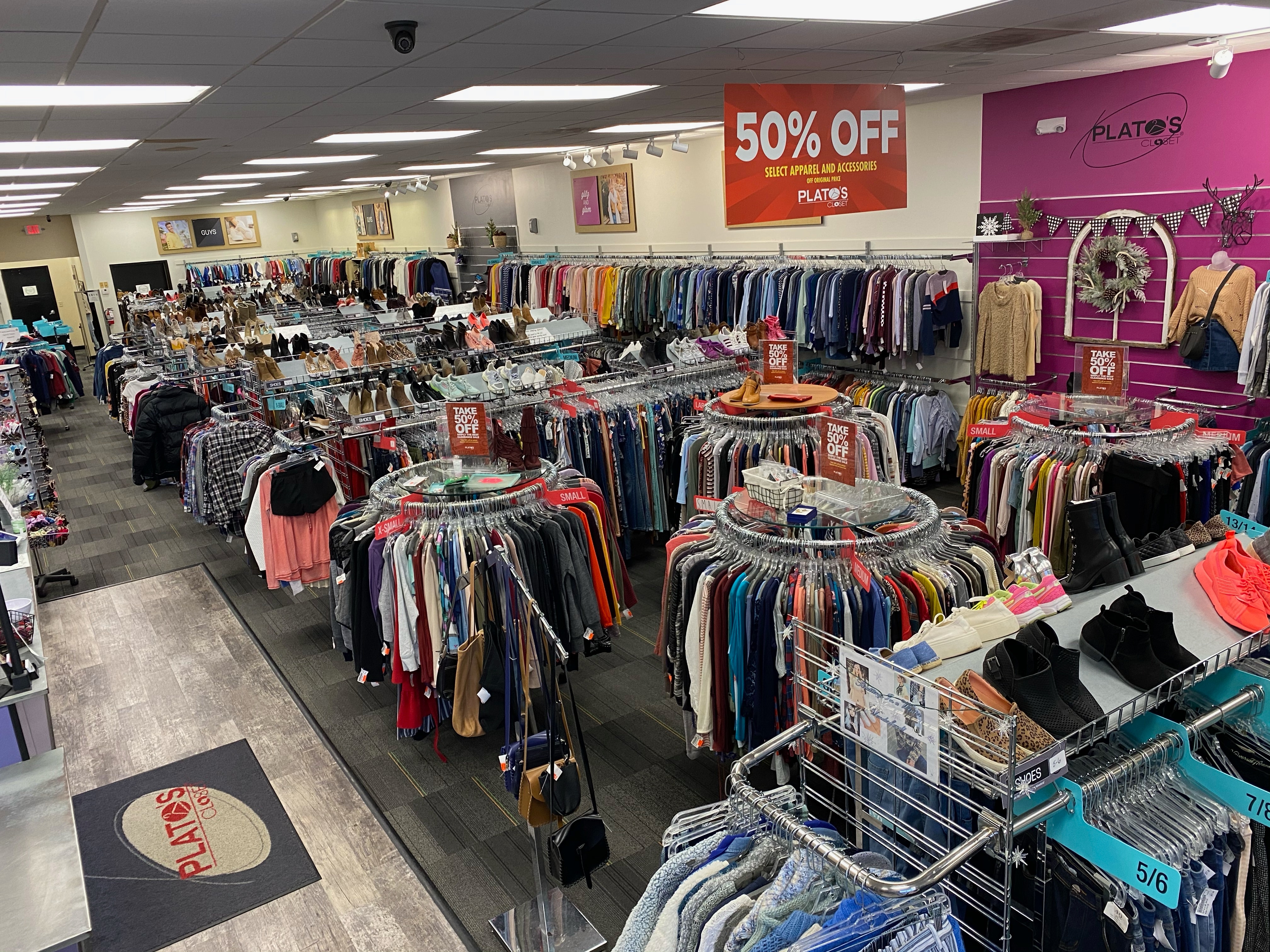

Articles
How Much Does Platos Closet Pay For Clothes
Modified: January 5, 2024
Discover how much Platos Closet pays for clothes and make the most of your bedroom storage with our expert tips and ideas. Transform your space today!
(Many of the links in this article redirect to a specific reviewed product. Your purchase of these products through affiliate links helps to generate commission for Storables.com, at no extra cost. Learn more)
Introduction
Welcome to Plato’s Closet! If you’re wondering how much Plato’s Closet pays for clothes, you’ve come to the right place. Plato’s Closet is a popular secondhand clothing store that offers an excellent way to declutter your closet and earn some extra cash in the process. Whether you’re looking to make room for new items, want to update your style, or simply want to make some quick money, Plato’s Closet can be a great option.
Understanding how Plato’s Closet determines the prices it pays for clothes is essential to ensure that you receive fair compensation for your gently used items. In this article, we will take an in-depth look at the factors that influence pricing, how Plato’s Closet evaluates clothing, the pricing process at Plato’s Closet, typical payouts for different types of clothing, and strategies for maximizing payouts.
Plato’s Closet specializes in buying and selling trendy, gently used clothing for teens and young adults. Their inventory includes a wide variety of styles, brands, and sizes, making it a favorite destination for individuals who are looking for affordable fashion.
When you sell clothes to Plato’s Closet, it’s important to remember that the store is also a business. They need to factor in various expenses, such as rent, salaries, and marketing, while ensuring that they offer competitive prices to their customers. This means that while you may not receive the same amount that you initially paid for your clothes, you can still earn a decent payout.
At Plato’s Closet, the pricing of clothing depends on several factors, including the brand, style, condition, and overall demand for the item. The store’s experienced buyers carefully evaluate each piece to determine its resale value. It’s crucial to understand this process to gauge how much you can expect to receive when selling your clothes to Plato’s Closet.
In the following sections, we will explore each of these factors in detail, providing you with valuable insights into the pricing process at Plato’s Closet. Additionally, we will share tips and strategies to help you maximize your payouts when selling your clothes to Plato’s Closet. So, let’s delve into the world of Plato’s Closet pricing and discover how much you can earn!
Key Takeaways:
- Understanding Plato’s Closet’s pricing factors, such as brand, condition, and demand, can help sellers maximize payouts. Select trendy brands, maintain clothing condition, and align with current fashion to increase earnings.
- Selling to Plato’s Closet offers a convenient way to declutter and earn cash. By following strategies like presenting a well-organized selection and negotiating when appropriate, sellers can enhance their selling experience and potential payouts.
Read more: What Clothes Does Platos Closet Accept
Understanding Plato’s Closet
Plato’s Closet was founded in 1998, and since then, it has grown into a well-known and trusted franchise with over 450 locations across the United States, Canada, and Europe. The store focuses on buying and selling gently used clothing and accessories for teens and young adults.
One of the key elements that sets Plato’s Closet apart from other secondhand clothing stores is its emphasis on trendy and fashionable items. Instead of accepting all types of clothing, Plato’s Closet carefully curates its inventory, ensuring that it only offers on-trend and quality pieces. This attracts a specific target audience of fashion-forward individuals looking for affordable and stylish options.
At Plato’s Closet, you can find a wide range of clothing items, including tops, bottoms, dresses, outerwear, shoes, accessories, and more. They accept both branded and non-branded items, with a focus on popular and sought-after brands that are in demand among their customer base.
When you sell your clothes to Plato’s Closet, they will evaluate each item based on various criteria. Some of the factors that influence their decision-making include the brand’s current popularity, the condition of the item, the style’s relevance, and the overall demand for the specific item in their store.
Since Plato’s Closet targets young adults and teenagers, they prioritize contemporary brands and styles that are popular among these demographics. This means that clothes from fast fashion brands and trendy labels tend to have a higher chance of being accepted and commanding a better resale value.
Plato’s Closet aims to provide an affordable shopping experience for its customers while offering fair compensation to individuals who sell their clothes. They adopt a selective approach to maintain the quality and fashionability of their inventory, ensuring that customers can find desirable items at reasonable prices.
Now that we have a better understanding of Plato’s Closet and its mission, let’s dive deeper into the various factors that influence the pricing of clothes at the store.
Factors That Influence Pricing
When determining the price they are willing to pay for clothes, Plato’s Closet takes several factors into consideration. These factors help the store assess the value and resale potential of each item. Understanding these factors can give you insight into what Plato’s Closet looks for and how they arrive at their pricing decisions.
Brand: The brand of the clothing plays a significant role in pricing. Plato’s Closet looks for popular brands that are in high demand among their target customers. Well-known brands tend to command higher resale values compared to lesser-known or generic brands.
Condition: The condition of the clothing is another crucial factor. Items that are in excellent condition, with no signs of wear, stains, or tears, have a higher chance of being accepted and fetching a better price. It’s important to ensure that your clothes are clean and free from any damages when selling them to Plato’s Closet.
Style: Plato’s Closet focuses on trendy and fashionable styles that appeal to their customer base. They look for clothing items that are currently in style and have a good chance of selling quickly. Items that are outdated or no longer in fashion may receive a lower price offer or may not be accepted at all.
Demand: The overall demand for a particular item within the local market also influences pricing. If there is a higher demand for a specific style or brand at a particular Plato’s Closet location, they may offer a more competitive price for that item. On the other hand, if an item has low demand, the price offered may be lower.
Seasonality: Seasonality can affect the pricing as well. Plato’s Closet takes into account the current season and adjusts their buying strategy accordingly. For example, they may offer higher prices for winter coats during the colder months and lower prices for summer dresses during the winter season.
Popularity: The popularity of certain trends or fashion influencers can also impact the pricing at Plato’s Closet. If specific styles or brands are highly sought-after due to celebrity endorsements or social media influencer influence, the prices offered for these items may be higher.
These factors, combined with Plato’s Closet’s commitment to providing affordable fashion, help shape the pricing structure at the store. By considering these elements, you can better understand the reasoning behind the price offers you receive when selling your clothes to Plato’s Closet.
Now that we have explored the factors that influence pricing, let’s take a closer look at how Plato’s Closet evaluates clothing to determine its resale value.
How Plato’s Closet Evaluates Clothing
When you bring your clothes to Plato’s Closet, their experienced buyers carefully evaluate each item to determine its resale value. These buyers have extensive knowledge of fashion trends, brand popularity, and the specific needs of Plato’s Closet’s target market.
Here are some key aspects that Plato’s Closet considers when evaluating clothing:
Brand Reputation: Plato’s Closet looks for clothing from reputable brands that are known for their quality and style. These brands have established a track record of producing fashionable and durable clothing, which increases their appeal to customers.
Condition: The condition of the clothing is a critical factor in the evaluation process. Buyers thoroughly examine each item for any signs of wear, stains, or damage. Clothes that are in excellent condition and show minimal signs of use are more likely to receive higher price offers.
Style and Trendiness: Plato’s Closet focuses on current fashion trends and styles that are popular among their target demographic. Buyers pay attention to the overall style and aesthetics of the clothing, considering how well it aligns with the tastes and preferences of their customers.
Resale Potential: The ability to resell an item quickly is also considered when pricing clothing. Plato’s Closet selects items that they believe will appeal to their customer base and have a good chance of being sold promptly. This helps ensure a steady inventory turnover and keeps their selection fresh and up-to-date.
Sizing and Fit: Plato’s Closet takes into account the sizing and fit of the clothing. They consider the demand for various sizes within their target market and adjust prices accordingly. In general, popular sizes may receive higher price offers compared to less common sizes.
Market Demand: Plato’s Closet evaluates the overall demand for different styles and brands in their local market. They analyze customer preferences and buying patterns to determine which items are most likely to sell quickly and at a higher price.
By considering these factors holistically, Plato’s Closet is able to assess the potential value of your clothing accurately. However, it’s important to keep in mind that the evaluation is subjective and may vary from one location to another.
In the next section, we will explore the pricing process at Plato’s Closet and provide insights into how they determine the cash value for the clothing items they accept.
Plato’s Closet typically pays around 30-40% of the retail price for gently used clothing in good condition. Keep in mind that the actual amount can vary based on the brand, style, and demand.
The Pricing Process at Plato’s Closet
The pricing process at Plato’s Closet is a thorough and meticulous one, designed to ensure fair compensation for your gently used clothing items. The store’s experienced buyers follow a specific methodology to determine the cash value they are willing to offer for each piece of clothing.
Here’s an overview of the pricing process at Plato’s Closet:
Brand Research: Before setting a price for a specific brand or item, Plato’s Closet buyers conduct extensive research on market trends and brand reputation. They consider factors such as the brand’s popularity, quality, and demand among their customers.
Condition Assessment: Each item is carefully inspected to assess its condition. Buyers look for any signs of wear, stains, or damage that may affect the resale value. Generally, items in excellent condition with minimal wear and tear will receive higher price offers.
Comparable Sales: Plato’s Closet refers to their sales data and market research to determine the average selling price of similar items. This helps them establish a fair and competitive price point, taking into account factors like brand, style, condition, and demand.
Pricing Guidelines: Plato’s Closet has internal pricing guidelines to ensure consistency and fairness across different locations. These guidelines provide a framework for the buyers to determine the initial price range for each item based on its brand, condition, and style.
Market Demand: The pricing process also considers the demand for specific items within the local market. If an item is highly sought-after or has a limited supply, it may receive a higher price offer due to increased demand.
Haggling: Plato’s Closet encourages a bit of negotiation and flexibility in the pricing process. In some cases, buyers may be able to adjust the price offer based on their discussion with the seller. However, it’s important to note that the final decision rests with the store.
It’s worth mentioning that Plato’s Closet aims to provide fair compensation for your clothing items while maintaining affordable prices for their customers. While you may not receive the same amount you initially paid for an item, selling to Plato’s Closet offers a convenient and hassle-free way to declutter your closet and earn some extra cash.
Now that we’ve explored the pricing process at Plato’s Closet, let’s move on to the next section, where we’ll discuss typical payouts for different types of clothing.
Typical Payouts for Different Types of Clothing
The amount you can expect to receive when selling your clothing to Plato’s Closet can vary based on several factors, including the brand, style, condition, and demand for the item. While it’s difficult to provide specific payout amounts, we can provide a general overview of what you might receive for different types of clothing.
Branded Clothing: Plato’s Closet typically offers higher payouts for clothing from well-known and sought-after brands. This includes popular labels such as Nike, Adidas, Levi’s, Forever 21, and more. Branded clothing that is in excellent condition and aligns with current fashion trends can fetch a higher price.
Trendy Items: Plato’s Closet emphasizes trendy and fashionable items. If you have clothing that reflects the latest styles and is in high demand among young adults and teenagers, you may receive competitive payouts. Examples include graphic tees, crop tops, mom jeans, athleisure wear, and statement accessories.
Designer Clothing: If you have designer clothing from high-end luxury brands, such as Gucci, Louis Vuitton, or Chanel, you may be able to earn a decent payout at Plato’s Closet. However, it’s important to note that designer clothing often has stricter guidelines and higher standards for acceptance.
Outerwear and Jackets: Coats, jackets, and outerwear items are popular during colder months. If you have gently used winter coats, leather jackets, or stylish outerwear, you may receive a higher payout. The demand for outerwear can vary based on the current season and the climate in the area.
Denim: Plato’s Closet typically accepts various types of denim, including jeans, denim jackets, and skirts. However, the price offered may depend on the brand, style, and condition of the denim. Designer denim and popular denim brands tend to have a higher resale value.
Formalwear: Formal dresses, suits, and dress shirts may offer a decent payout if they are in great condition and are from recognized brands. Prom dresses, cocktail dresses, and special occasion attire are particularly sought after by Plato’s Closet customers.
It’s important to note that these are general guidelines, and the actual payout you receive may vary depending on the specific item and the location of the Plato’s Closet store. The best way to determine how much you can earn for your clothing is to bring them to your local Plato’s Closet for evaluation.
In the next section, we’ll provide strategies to help you maximize your payouts when selling clothing to Plato’s Closet.
Strategies for Maximizing Payouts at Plato’s Closet
If you’re looking to maximize the amount you earn when selling your clothing to Plato’s Closet, you can follow these strategies to increase your chances of receiving higher payouts:
1. Select Popular Brands: Plato’s Closet places a significant emphasis on popular and trendy brands. When selecting clothes to sell, focus on well-known labels that are in demand among their target customers. Research current fashion trends and identify brands that are highly sought after.
2. Ensure Excellent Condition: Take the time to clean and carefully inspect each piece of clothing before bringing it to Plato’s Closet. Make sure there are no stains, tears, or signs of wear. The better the condition, the higher the chances of receiving a better payout.
3. Follow Current Fashion Trends: Plato’s Closet values clothing items that align with current fashion trends. Pay attention to what’s in style and try to sell items that reflect the latest trends. This includes clothing with popular colors, patterns, and designs.
4. Include Accessories and Shoes: Don’t forget to include accessories like handbags, belts, and jewelry, as well as gently worn shoes, when selling to Plato’s Closet. These items can increase the overall value of your sale and potentially lead to higher payouts.
5. Separate Seasonal Items: Plato’s Closet adjusts its pricing based on the season. When selling seasonal clothing, such as winter coats or swimwear, bring them in during the appropriate season to maximize their resale value. Selling out-of-season items may result in lower payouts.
6. Present a Well-Organized Selection: When bringing items to Plato’s Closet, make sure they are clean, folded, and presented neatly. This creates a positive impression and demonstrates that you have taken good care of your clothes, potentially leading to higher price offers.
7. Shop at Plato’s Closet as a Customer: Familiarize yourself with the types of clothing and brands that Plato’s Closet typically accepts and sells. By knowing their inventory and target market, you can better tailor your items to their preferences and increase your chances of earning more money.
8. Consider Selling in Batches: Plato’s Closet often buys clothing in bulk. Consider bringing a variety of items rather than selling just a few pieces. This helps ensure a more comprehensive evaluation of your selection and may increase your overall payout.
9. Negotiate if Appropriate: While it’s not guaranteed, there may be some room for negotiation when it comes to pricing. If you believe that a particular item deserves a higher price offer, respectfully discuss it with the buyer and see if a compromise can be reached.
Remember that Plato’s Closet is selective in its buying process, so not all items may be accepted. However, by following these strategies, you can increase your chances of earning higher payouts when selling your clothing to Plato’s Closet.
Now that we’ve provided strategies for maximizing your payouts, let’s summarize what we’ve discussed so far.
Conclusion
Selling your clothing to Plato’s Closet can be a convenient and lucrative way to declutter your wardrobe and earn some extra cash. Understanding how Plato’s Closet determines prices and evaluating the factors that influence payouts is crucial for a successful selling experience.
We have explored the various aspects of Plato’s Closet, including their focus on trendy and fashionable clothing for teens and young adults. We’ve also discussed how factors such as brand, condition, style, demand, and seasonality can influence pricing. Additionally, we provided insights into the evaluation process and the pricing strategies at Plato’s Closet.
While it’s difficult to provide specific payout amounts, we discussed typical payouts for different types of clothing, highlighting the importance of brand relevance, condition, and fashionability. We also shared strategies to maximize your payouts, such as selecting popular brands, ensuring excellent condition, following current fashion trends, and presenting your items in an organized manner.
It’s important to remember that Plato’s Closet operates as a business and needs to consider various expenses while offering fair prices to their customers and sellers. While you may not receive the original retail price for your items, Plato’s Closet provides a convenient way to earn money from your gently used clothing, while also allowing others to find affordable fashion options.
If you’re considering selling your clothes to Plato’s Closet, take the time to review their guidelines and browse their inventory to gain a better understanding of the types of items they accept and sell. By following the tips and strategies provided, you can enhance your chances of receiving better payouts for your clothing.
As fashion trends evolve and customer preferences change, it’s important to stay up-to-date and adapt your selling approach accordingly. Keep an eye out for new trends, maintain your clothing in good condition, and regularly evaluate your wardrobe to determine which items you can sell and earn some extra money.
Now that you have a comprehensive understanding of Plato’s Closet and how they determine payouts, you’re well-equipped to embark on your selling journey. Good luck, and may your experience at Plato’s Closet be not only profitable but also satisfying in helping others discover and embrace pre-loved fashion!
Frequently Asked Questions about How Much Does Platos Closet Pay For Clothes
Was this page helpful?
At Storables.com, we guarantee accurate and reliable information. Our content, validated by Expert Board Contributors, is crafted following stringent Editorial Policies. We're committed to providing you with well-researched, expert-backed insights for all your informational needs.
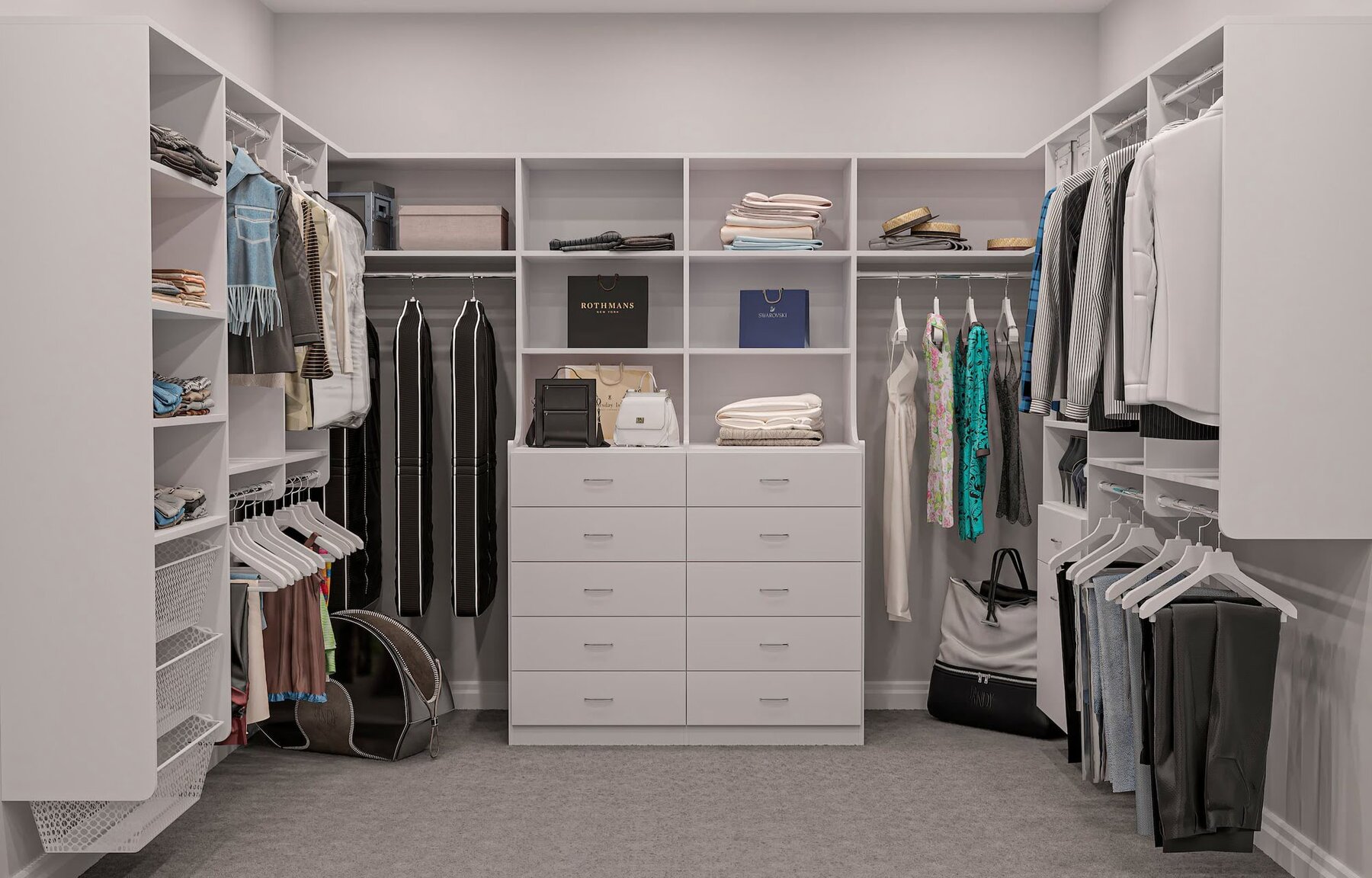
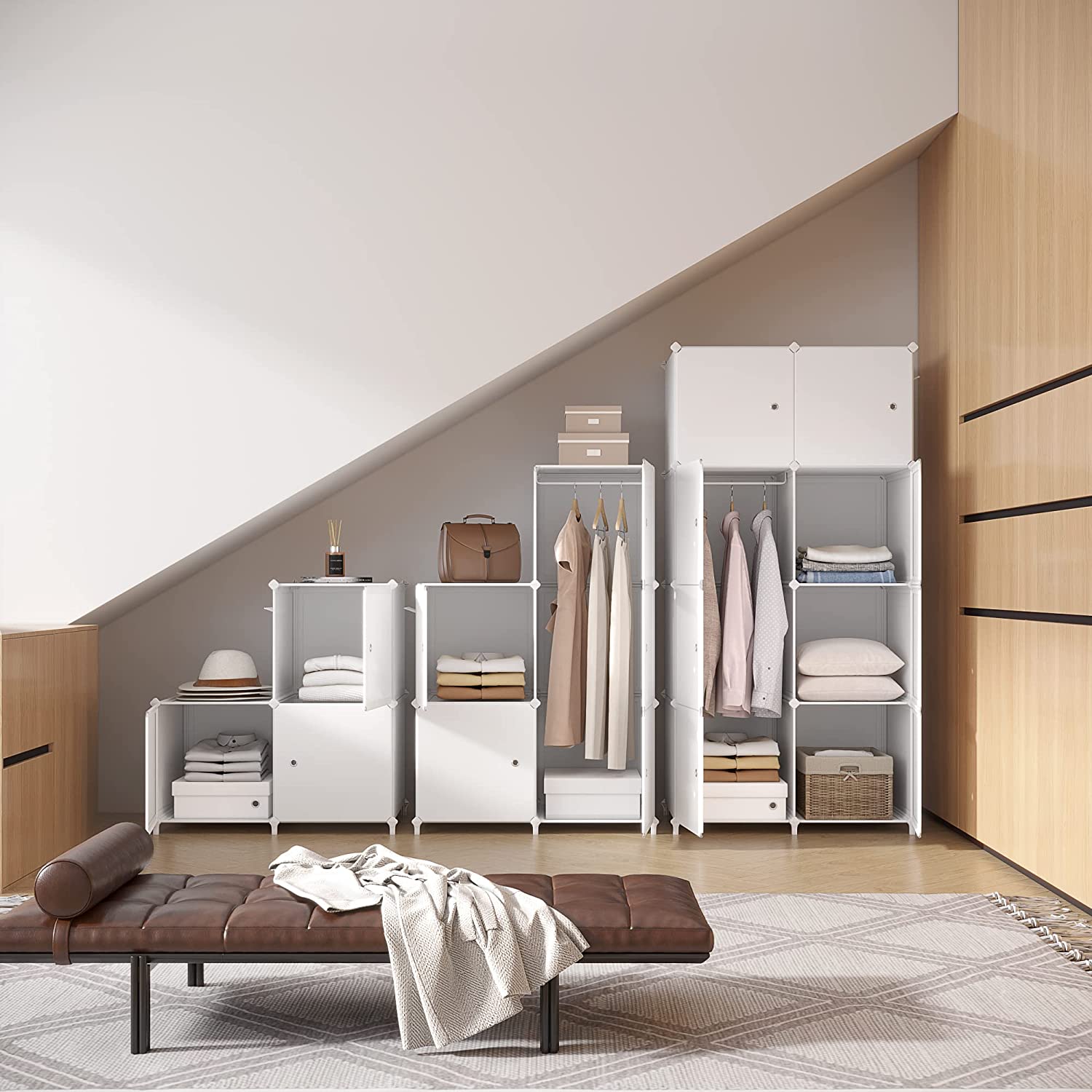

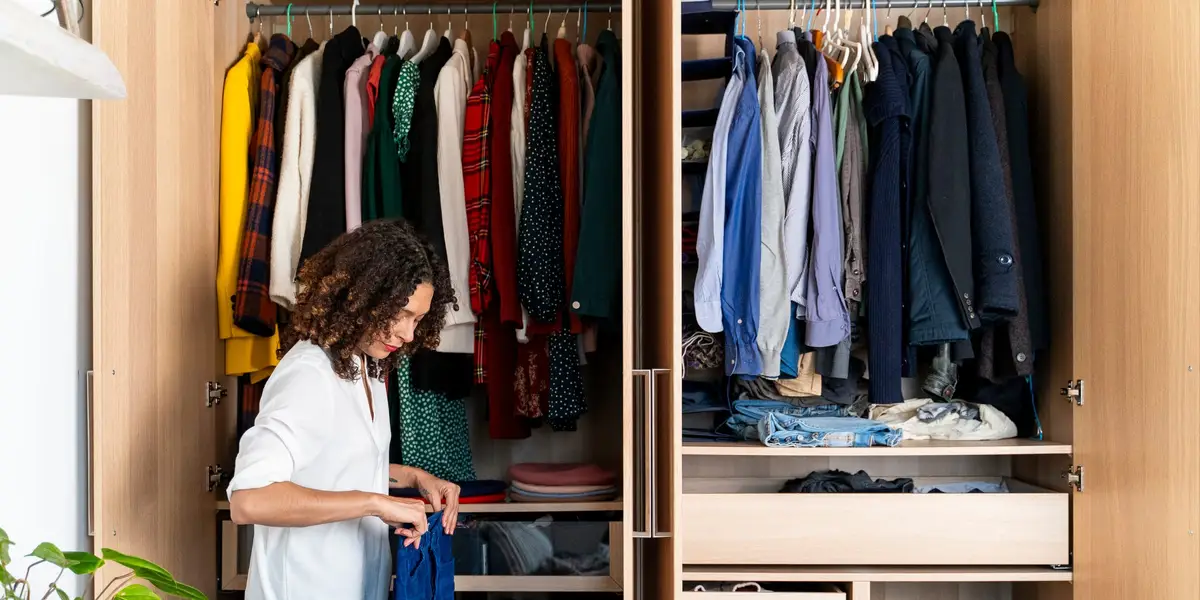
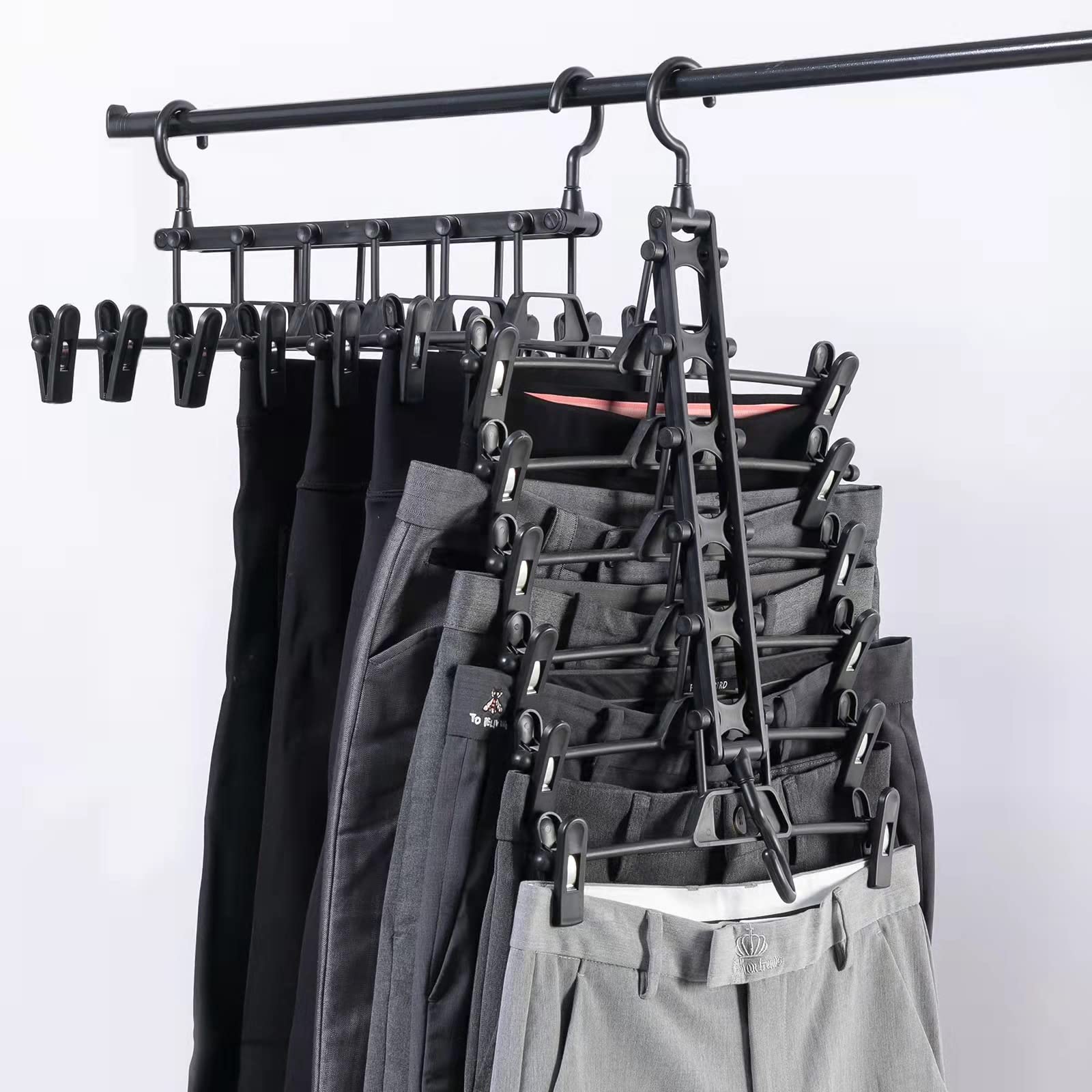
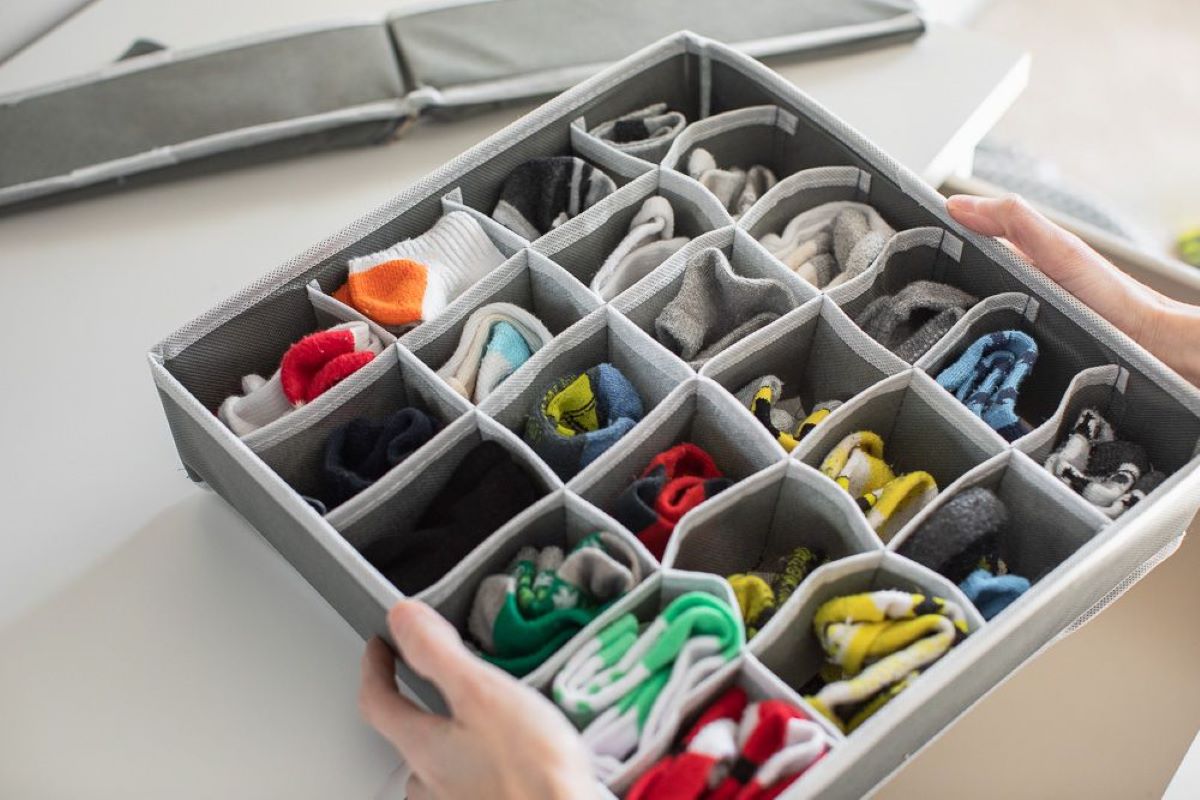


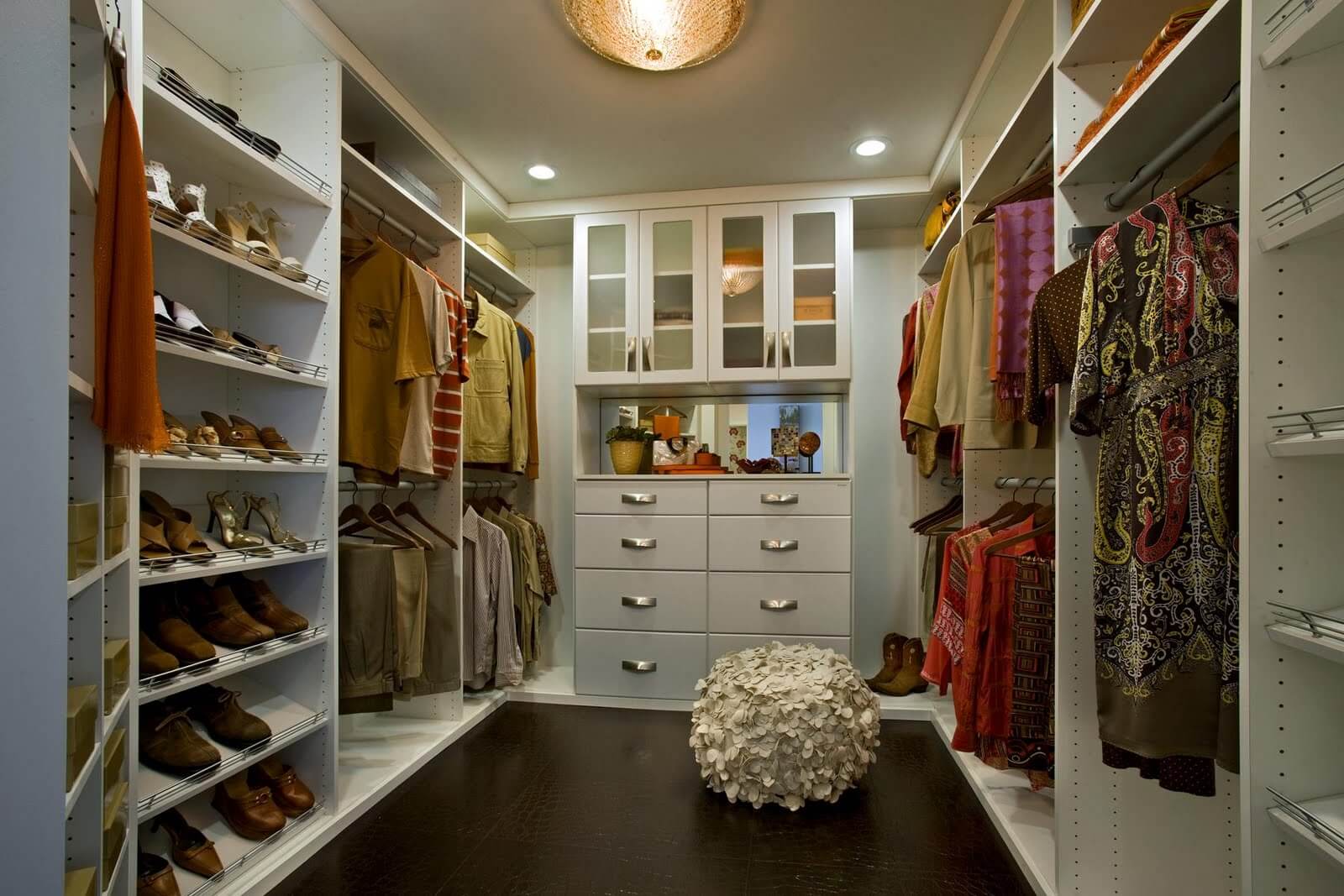
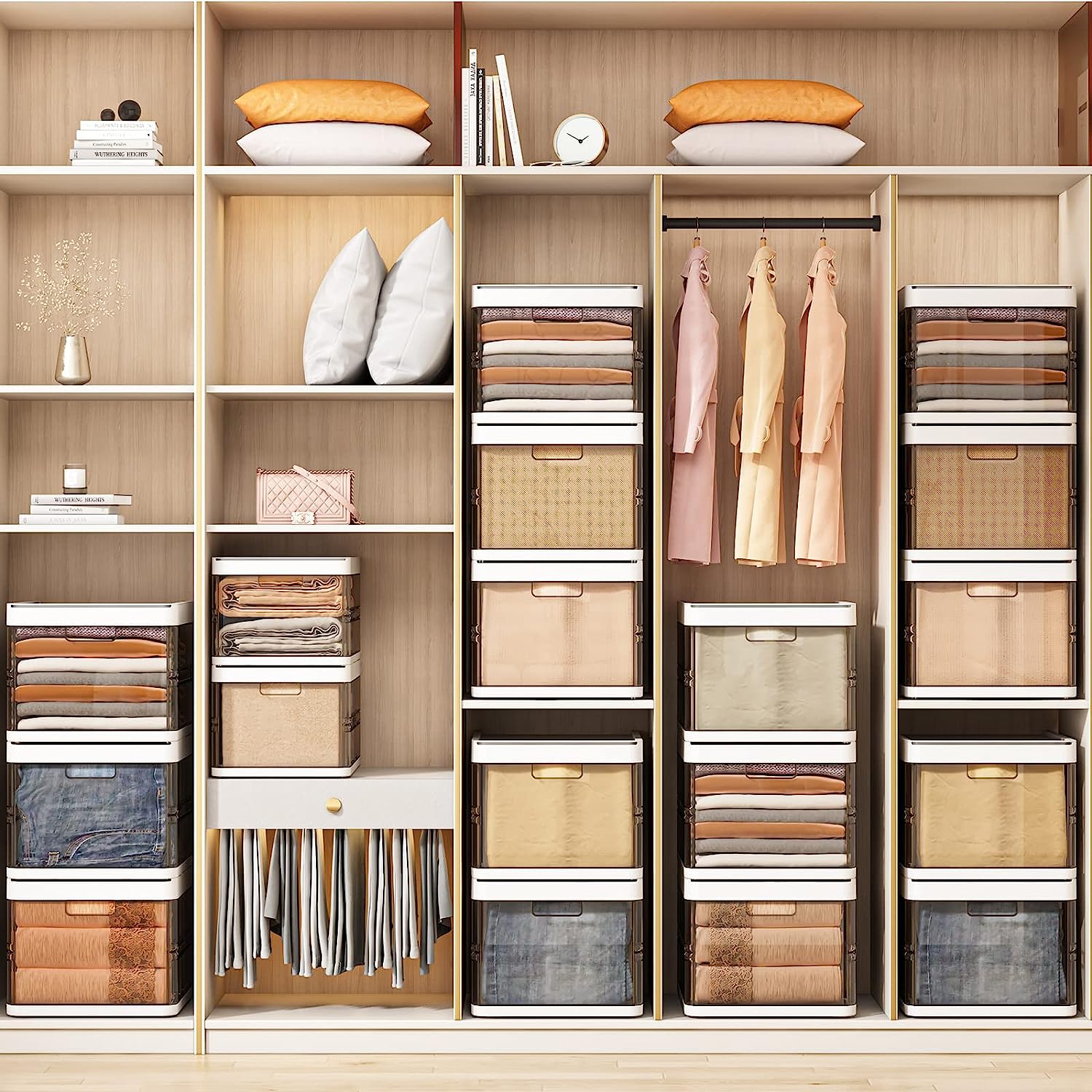
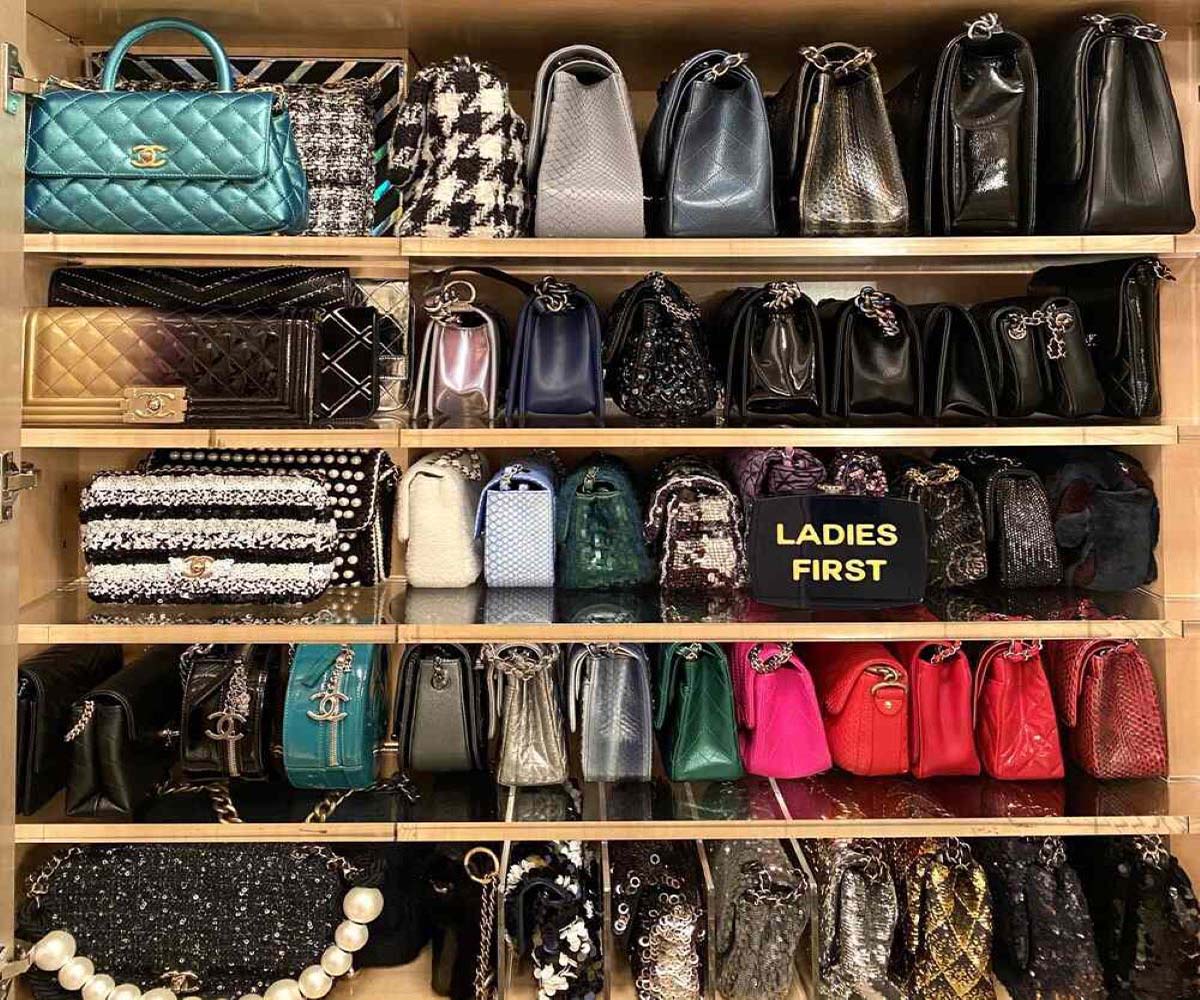

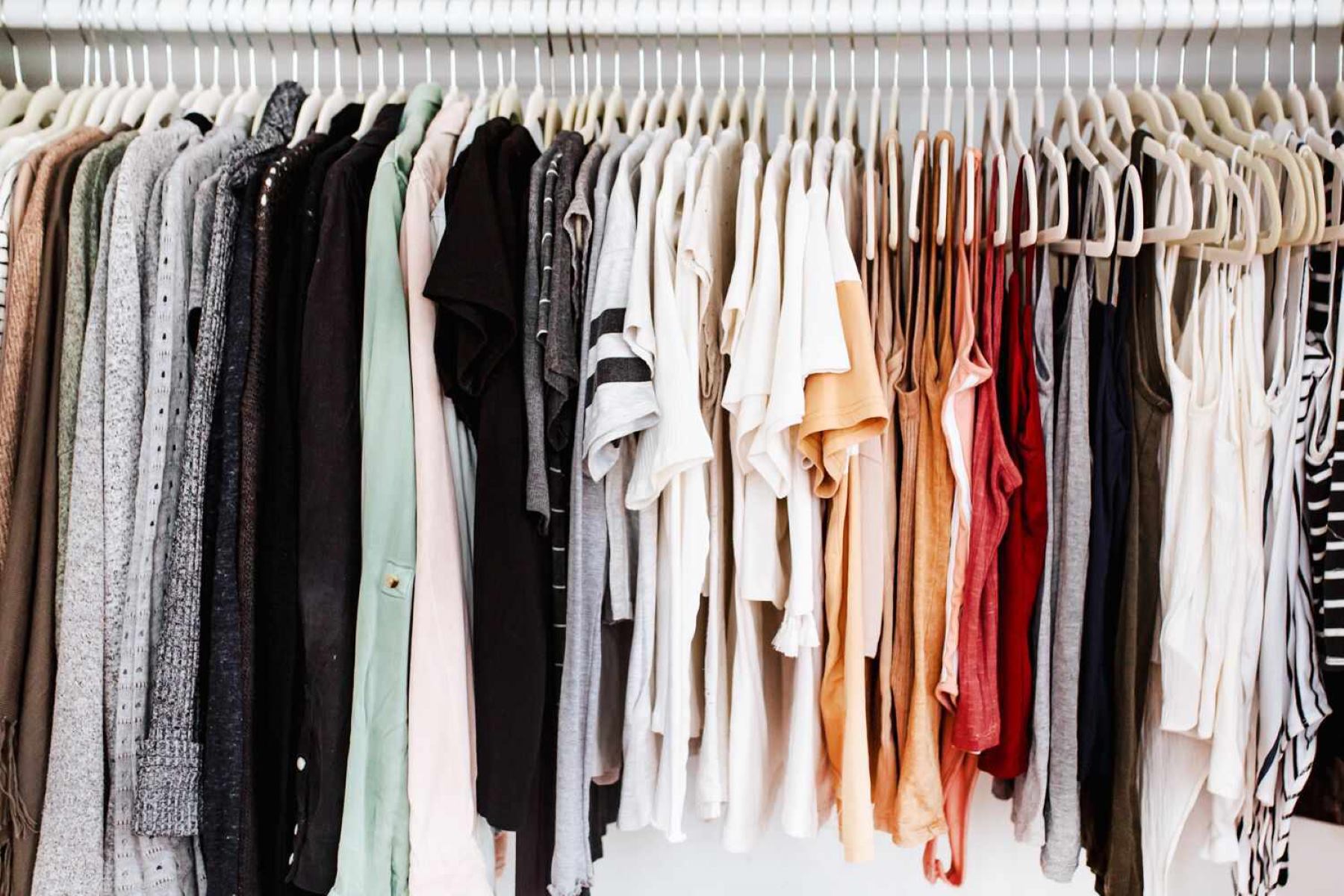
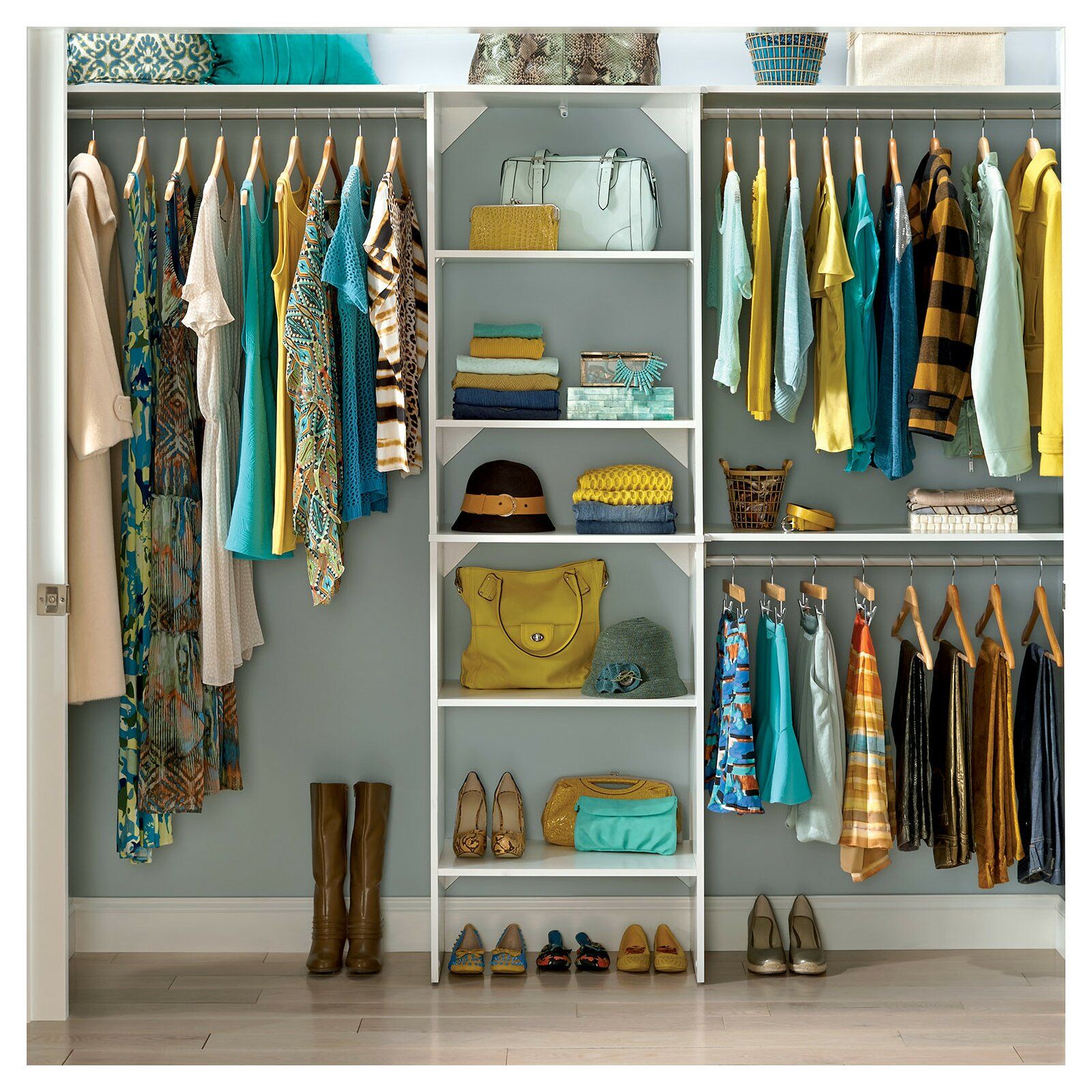

0 thoughts on “How Much Does Platos Closet Pay For Clothes”